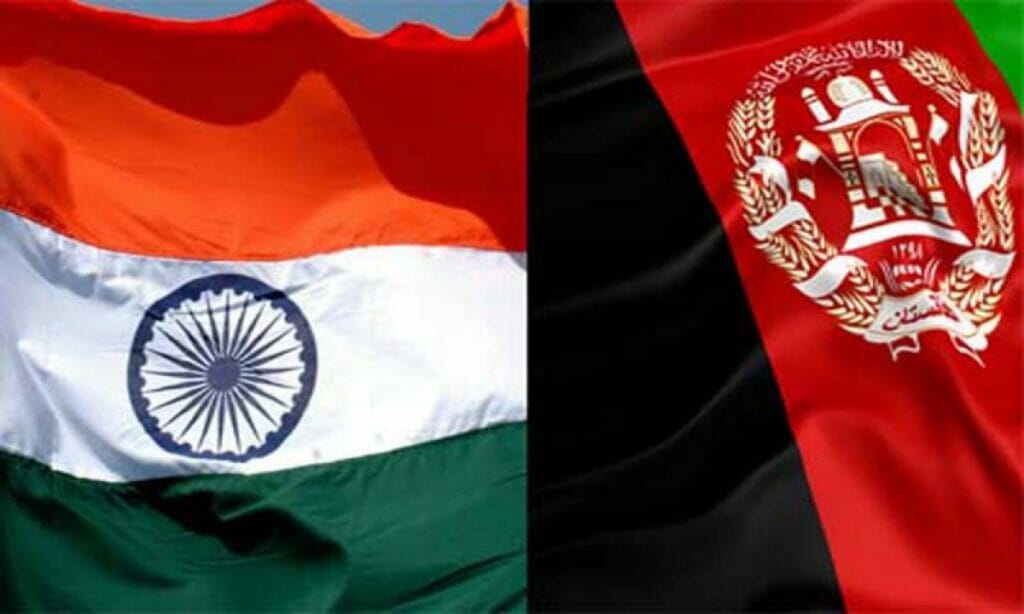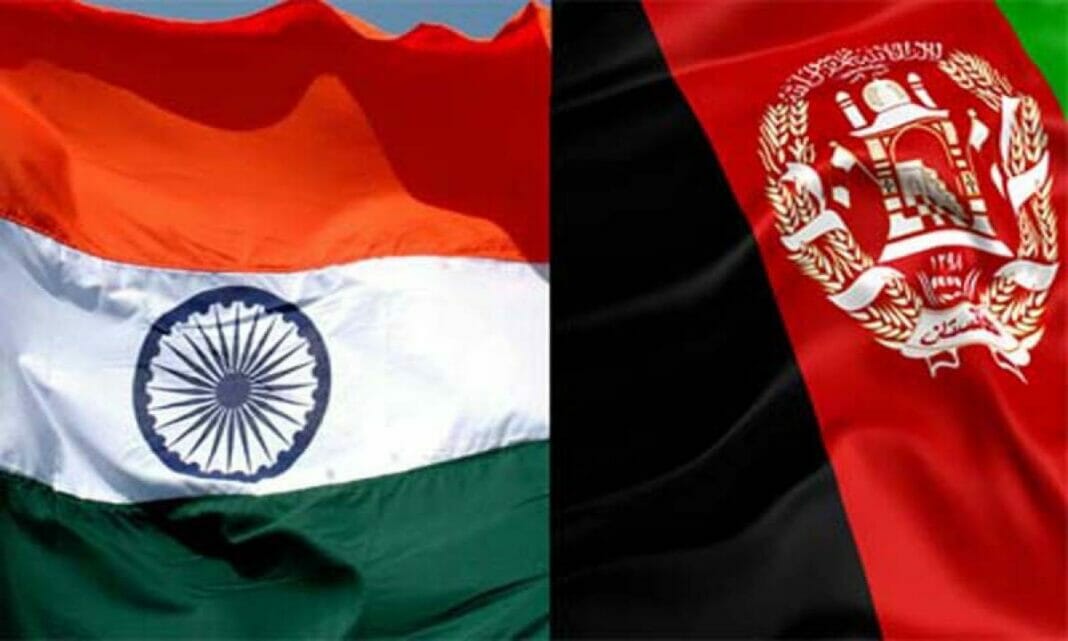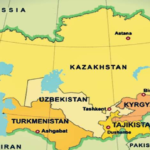Pakistan has been hit by a spate of terror attacks recently, extensive military operations had reduced the incidence of terror attacks to a great extent for the last couple of years. This new ‘wave of terror’ has transpired just as the country is poised to make its debut as a global trade destination. The China Pakistan Economic Corridor has been progressing satisfactorily, foreign investment has been rapidly multiplying and Pakistanis have never been this hopeful about the future before.
The concentrated ‘bad media’ by Western mainstream sources has also failed to dissuade investors, CPEC has proved hard to sabotage as it is also owned by China which has sizable equity investments. $30 billion have already been harnessed in the project and investments could even touch $100 billion by the time it is complete. The Chinese are major stake-holders with a 40-year lease of Gwadar port, it is not really in Pakistan’s hands to roll back or stop the project, even if a portion of the corridor is damaged with an attack, the project does not get shelved. The current proxy war has three significant aims, firstly to ‘slow down or stop’ the CPEC mega-project, secondly, project Pakistan as the latest ISIS playground and thirdly, to destroy investor confidence by labelling Pakistan as an unsafe destination.
- The timing happens to coincide with these recent developments;
- The new synergy in the Kashmir freedom struggle after the martyrdom of Burhan Wani.
- CPEC achieving its milestones notwithstanding the media war against it.
- China-Russia-Pakistan talks with the Taliban.
- The election of Donald Trump.
- A new Pakistan Army chief assuming office.
The string of attacks started with an incident of suicide bombing on Mall Road in Lahore, two smaller incidents also took place on the same day. The Lahore attack was claimed by the Jamaat -ul-Ahrar branch of the ‘Pakistani Taliban’, this was followed up by a devastating attack on a Sufi shrine at Sehwan in Sindh, the perpetrators taking responsibility as ‘ISIS.’ The intent is to create an evident pattern of ‘ISIS presence’ since November, even though such an outfit could never occupy land here to declare its occupation like it has done in Syria and Iraq. Anyhow, this ISIS phenomena claimed its first attack on a Sufi shrine in November in Baluchistan province , it also took responsibility for a deadly attack on police cadets in the city of Quetta last year. and now the Sehwan blast in which 88 people were martyred.
This trend could continue, as Brig Samson Simon Sharaf writes,
“Middle East, Afghanistan and Ukraine comprise a triangle of instability. Russian intervention in the region was a matter of time. It came first in Ukraine followed by the Middle East. Now it is also getting involved in Afghanistan. The space of ISIS is shrinking in the Middle East. The theatre along with the ISIS threat is shifting to Afghanistan and Pakistan. The regrouping of old hands with new names has already taken place. A loud battle cry has been made in Lahore and Sehwan Sharif. Militants are more emboldened in attacking security forces along the Pak-Afghan Border and also in depth. Ultimately, this new game will hit CPEC.”
Realistically though, the ‘ISIS’ attacking Pakistan is more than a decade old, it is the same proxies with the same handlers, only the names are new. Sure enough, the Lahore blast investigation revealed that the website of terror outfit Jamaat-ul-Ahrar is operated from the city of Chennai in India according to the IP address.

RAW & NDS: Partners in Crime
Sabena Siddiqui, a lawyer and a journalist, writing on geopolitics and International law-related topics. She provides analysis on geopolitics and human rights issues related to the War on Terror, both domestic and international.








